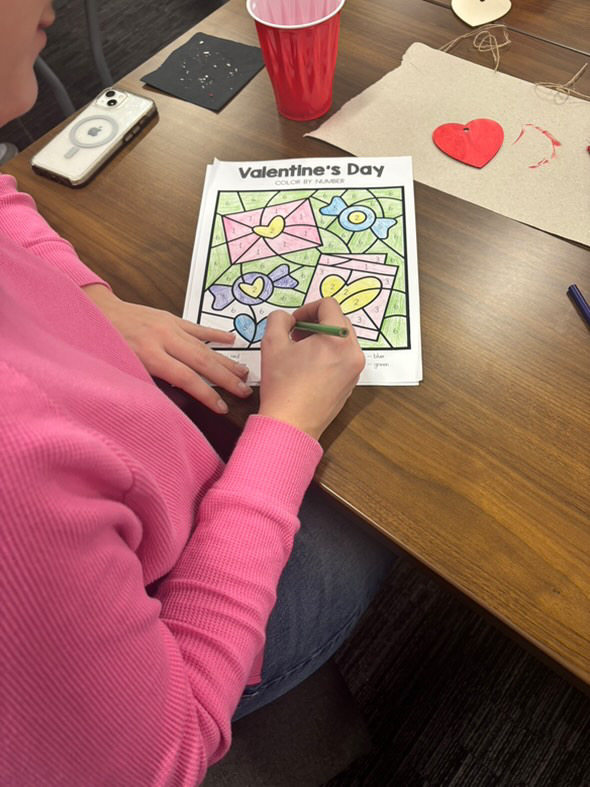“The Fault in Our Stars” by John Green attempts to distinguish itself from the average cancer novel. These aspects, however, lead to the novel’s faults. Green has written other novels, though some people might know him for his part in the popular YouTube channel The Vlogbrothers.
Green’s signature style mixed with a stereotypical book about cancer results in “The Fault in Our Stars.” The novel features a witty protagonist with extreme intelligence and interesting quirks. Meet Hazel Grace, a girl afflicted with terminal lung cancer. Since this is a Green novel, Hazel cannot be a person with average intelligence. As a 16-year-old, she goes to community college and speaks with thought-provoking wit beyond her age.
No Green novel is complete without a quirky romantic interest who changes the protagonist. Enter Augustus Waters, a boy Hazel meets at a cancer group. Augustus Waters takes an interest in Hazel, putting cigarettes in his mouth to prove a metaphor. Little quirks such as this add dimension to Augustus’ character. Instead of defining him, they help shape his character.
Both Hazel and Augustus struggle with their illnesses. Hazel feels like a grenade, ready to blow up and hurt those close to her. She keeps her distance from people because she wants to lessen the pain of her death. Augustus has lost a leg and deals with the aftermath of this. As they fall in love, they must deal with the cancer and these issues.
Hazel meets Augustus and feels attracted to him, allowing someone to love her despite her terminal illness. Conversations about her favorite book, “An Imperial Affection,” result in a slow process of falling in love, as well as a trip to Amsterdam.
It’s rare to meet teenagers with the precociousness and clever banter of Hazel and Augustus. The teenagers speak unrealistically, giving grandiose, insightful speeches. While bits of hilarious dialogue made me laugh, I realized that no one talks like that in real life. Not even extremely smart adults, much less intelligent teenagers.
By using some of his typical conventions, Green has created an important novel on a well-trodden topic. The cancer aspects of the novel are quite heartbreaking. Characters such as Hazel and Augustus’s friend Isaac and Hazel’s mom and dad fully come to life. However, it’s a pity that Hazel’s only female friend takes a backseat in the novel. It would be nice to see her fleshed out a bit more and become more than a plot convenience.
Overall, “The Fault in Our Stars” will appeal to fans of Green’s previous novels and those wishing for a funny, yet heartbreaking read.






